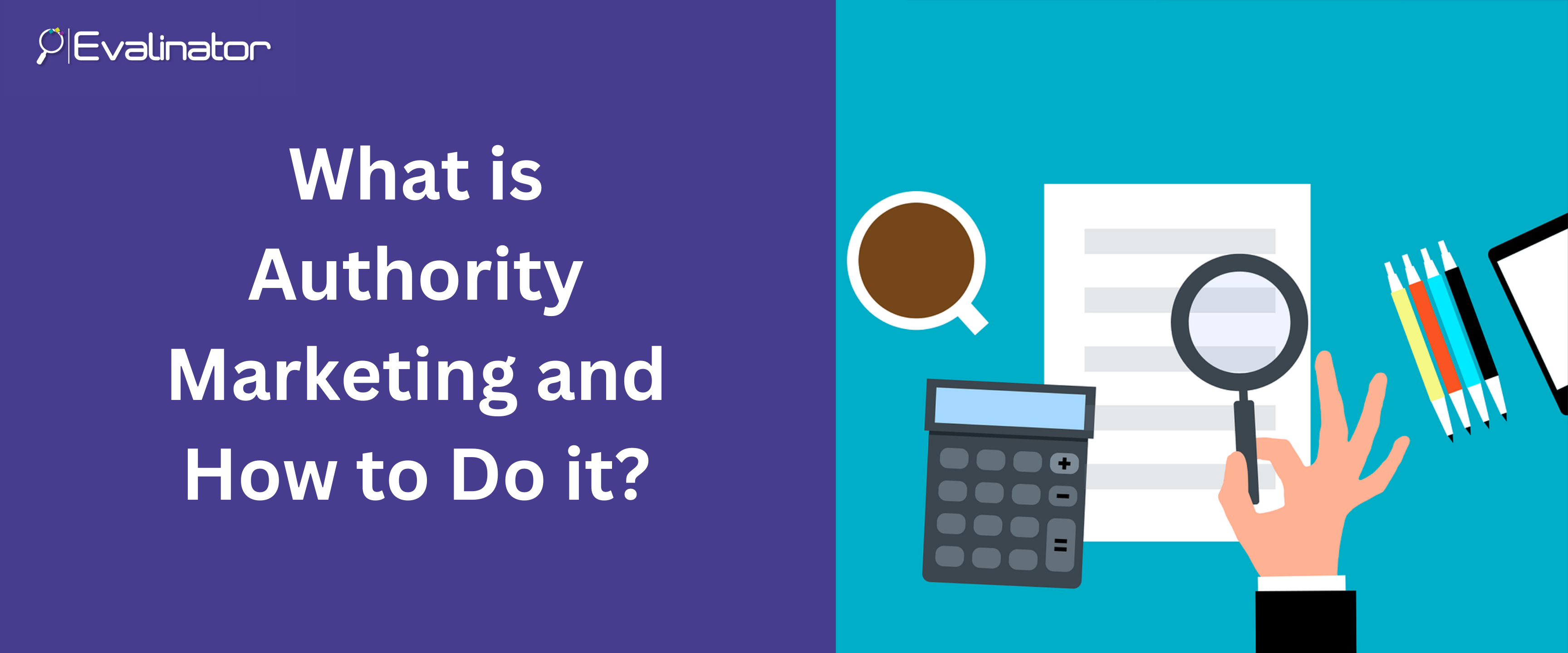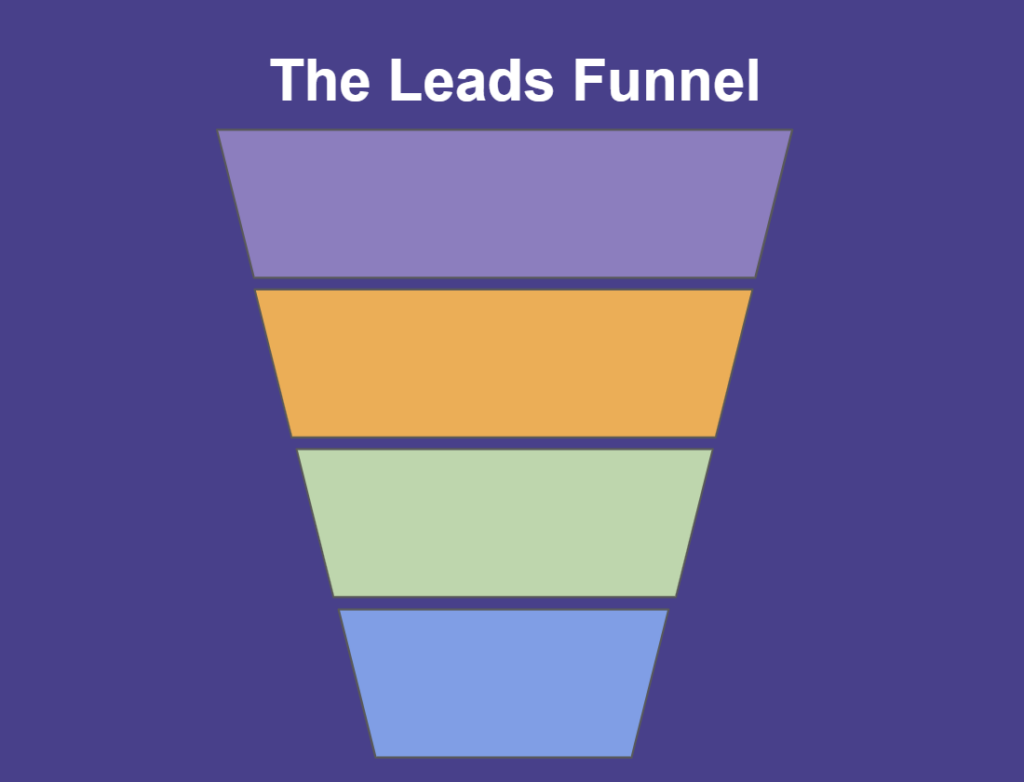


Authority marketing is about becoming a recognized and credible source of expertise in your chosen subject matter area.
In other ways, it’s about building your brand using content marketing for experts.
In this post, we’ll detail how you can establish authority using primary research. This is one of the 5 key ways in which you establish authority.
You also do NOT need to spend a ton of money on primary research activities. Thanks to interactive expert quizzes you can get both lead generation and authority building from the same tool!
Get started the modern way!
Authority marketing is about positioning yourself as an expert in your field. The authority is earned by creating and sharing insights with meaningful recommendations. These insights often come from asking the right questions of the right stakeholders and interpreting the data effectively and creatively.
The data you collect first hand is also called Zero Party data – data that clients proactively share with you versus you having to assume it.
Consider for example the reports published by the world’s leading consulting firms such as Accenture, Capgemini, McKinsey, Gartner, and Forrester. These reports often cite Zero Party data gathered through customer interviews and surveys.
You see the same with famous authors and researchers who have now started thriving coaching and training businesses. e.g. DISC assessment, Strengths Finder, Social Styles, and so on.
As a result, they are able to position themselves as “experts and thought leaders”.
We’ll show you how you can achieve the same effect without spending the big bucks on traditional approaches.
Using interactive quizzes directly provides 3 big benefits:
You’ll see that points 1 and 3 above are not easily provided by the traditional approach to authority marketing.
Let’s first discuss how the traditional approach works. Then we’ll walk through the steps so you can successfully get started with modern authority marketing techniques using interactive quizzes.
Traditionally, authority marketing has needed a slew of activities to support it.
The first is of course prioritizing / defining the subject area so you can create and package the insights.
Firms who have a variety of service or product offerings generally find it challenging to select the right positioning. Selecting a narrower niche to start with does not come naturally.
However, narrowing the topic and being sure of it is critical in the traditional approach. That’s because the process is cumbersome with multiple external dependencies. Changing the topics midstream can be cost prohibitive.
Next, getting inputs on your topic means that you have to spend considerable effort reaching your target respondents. This often means a lot of communication activities to be planned such as building a target database, sending emails, advertising, reaching via influencers, in-person outreach via phone or meetings, and others.
You may also need to hire an agency that can do this for you if you don’t have the resources. Often one of the easiest ways to start is with clients and customers you already have a relationship with. But even then, systematic follow-ups are a must. Topic selection and output definition becomes critically important because you often can’t easily go back and ask more questions.
Next, getting people to respond becomes challenging because respondents don’t see immediate value from engaging with you. They think it’s to help you, not themselves. So you are forced to offer various incentives – ranging from gift cards to charity of choice donations to getting a free copy of the report etc. These benefits can often become expensive and are also difficult to logistically administer.
For example, sending gift cards internationally is not easy because there can be various fees and taxes. So tying this initiative to a well defined business case is important.
We need a way to provide immediate value to respondents. The maturity assessment approach we outline in this blog allows you to do that.
Even, when you’ve managed to get a reasonable set of responses and prepared your insights and recommendations, you now need to have a plan for publishing these insights so they reach your target audience.
Outreach to all respondents is definitely on the cards, as are PR activities such as a press release and writing articles in industry publications. A supporting blogging calendar and assets such as an infographic or teaser eBook are probably a must.
Finally the biggest challenge is that these reports are published as a “moment in time” snapshot. So they are prone to being outdated as soon as the next innovation or another event happens. You need to have a plan to update your findings at-least once a year, and include these findings in your communications.
Sounds complex? It definitely is. But it doesn’t have to be!
One reason that this entire process of authority marketing sounds complex is because it is often considered a big bang, once a year initiative.
Your respondents think it benefits you more than it does them, and after all the expense of collecting data, you may find that you end up fitting the data to suit the narrative – and that defeats the very purpose.
A interactive maturity assessments based approach makes authority marketing a win-win.
We recommend creating an interactive maturity assessment or an interactive quiz instead. It will help structure your approach before you actually start collecting the data. This is something you can easily do based on your expertise.
By using this approach you can:
They can see the insights, how they compare to others, and can receive customized feedback as soon as they take the assessment.
Responding becomes about satisfying their own curiosity and received valuable insights.
They can put these insights to work immediately instead of waiting 3 months for the “report”.
The results your respondents see are unique to them.
They are not canned PDF reports.
Every question and every response automatically personalizes the results to them.
You can immediately direct them to the right helpful resources, and add any new resources dynamically.
Ever wondered why most of the follow-ups seem generic.
It’s because sales and client engagement teams don’t have relevant and personalized information at their fingertips.
With an interactive maturity assessment you can now follow up with targeted messages that resonate with clients and are directly relevant.
They want to hear on these topics from you.
It’s not a bother because they welcome your insights.
Perhaps the biggest impact that an interactive assessment has is that your conversations become less about you and more about the customers.
Your communications are now focused squarely on where they are, what their goals are, and how to reach them.
No more do you have to keep positioning your services hoping that one of these days you’ll hit the jackpot.
You are now engaging with full context and relevance.
Now that you’ve created an interactive assessment and collected some responses, lets get down to the practical and actionable steps you can take to begin establishing yourself with authority marketing.
Your interactive quiz or maturity model provides instant value!
So don’t let your website visitors leave empty handed.
Engage them and generate leads.
You can always share consolidated insights with them too.
For example,
The topic can be anything that aligns with your business. You can even have multiple interactive quizzes!
As people respond, convert the key results into an easy to read infographic. Highlight the key numbers such as % of respondents in the various tiers, the type of responses that got the most responses, and some highlights of the recommendations provided to the respondents (already baked into your interactive assessment).
Bloggers and writers all over the internet are looking for meaningful statistics and numbers – especially if they are original research.
So they instantly share your infographic (or an associated blog post) and link to it in their own content.
This amplifies the reach to your target audience and enhances your credibility – not to mention your Google rankings.
Now you can really attract attention by packaging up one or two key messages from your interactive maturity assessment. Journalists are always looking for primary research results. Easily give them that and build even more mentions in reputed publications.
For example, if your assessment is about analytics, you could have an insight that says “90% of CIOs find that operationalizing the insights generated is their biggest challenge”. For a cybersecurity assessment, such an insight could be “78% of CISOs feel that business data silos are their biggest security nightmare” (these are both examples of finding a good hook and not necessarily true of course).
Almost every one struggles with writing relevant and insightful content on a regular basis.
With a maturity assessment or an interactive quiz you don’t have that problem any more.
Each question in your assessment is a potential blog topic. Read this blog to do content marketing for experts.
Your blog can explain the significance of the question, mention the typical responses, and outline mitigation strategies – all of this based on the assessment and the responses you receive.
You should always anonymize the insights to avoid privacy risks.
So a maturity assessment can provide you with a steady and highly relevant content calendar for at least 4-6 months. And with every online response and every client interaction, you get additional insights to share so it keeps growing.
So you can implement a pretty impressive drip content marketing strategy.
There is no question that writing a book to share your insights and convictions enhances your authority and credibility.
However, most authorities struggle to define the very first step – their target audience, benefits to them, and a book outline. And even if they have this in place, sitting down and writing every day is a steep challenge.
Well, your maturity assessment or interactive quiz is the perfect vehicle to get started and actually finish your book.
A well thought out piece of work that provides value to the readers is what you should shoot for. So even if it’s just 60 pages, it’s worth it!
A great way to showcase your expertise is with an online course.
If you haven’t created a course before, then start small. A good candidate for an initial course is something with limited scope and tangible benefits. It takes you less time to create and you build credibility as an expert too. You can then create more comprehensive courses.
When you are starting out, keep it simple. Create an online course using any of the course platforms available.
Creating a course by itself will not bring you customers. So market your course to raise awareness and get new subscribers.
Now that you understand the benefits and mechanics of authority marketing, you can get started easily.
Evalinator allows you to create comprehensive maturity assessments and interactive quizzes of all kinds.
Generate leads and build your brand with confidence. Refer to this blog on content marketing for experts.
View more details and get started with a 2 week free trial.
We’ll be there every step of the way to help you!

Feeling frustrated with lead generation?
Take this free, 5-minute quiz and get more prospects into your leads funnel.
Instant Results. Actionable recommendations. Email required.
Find Your Score >>